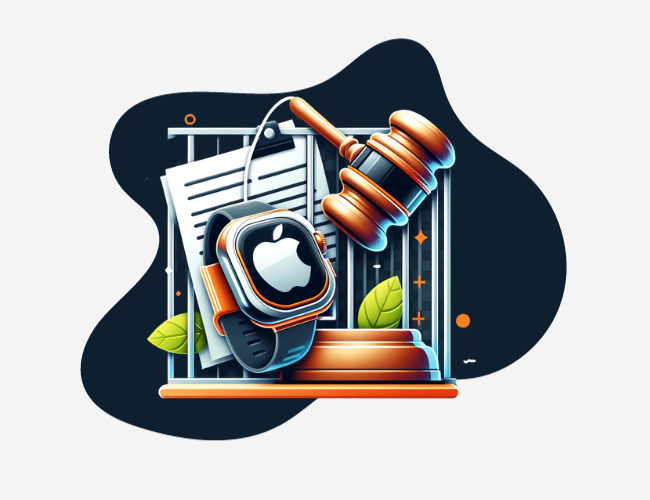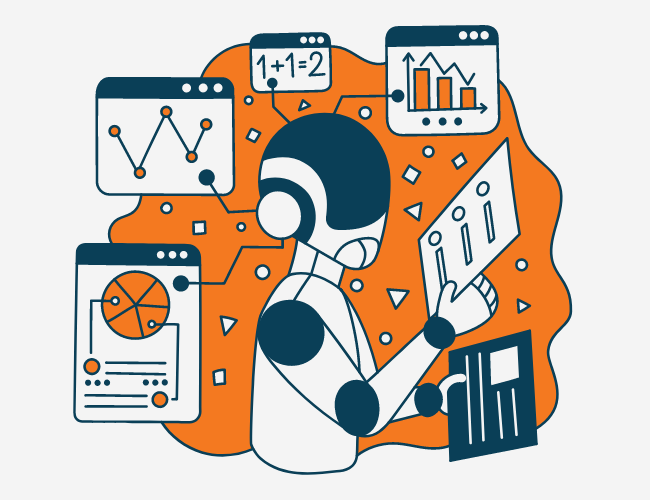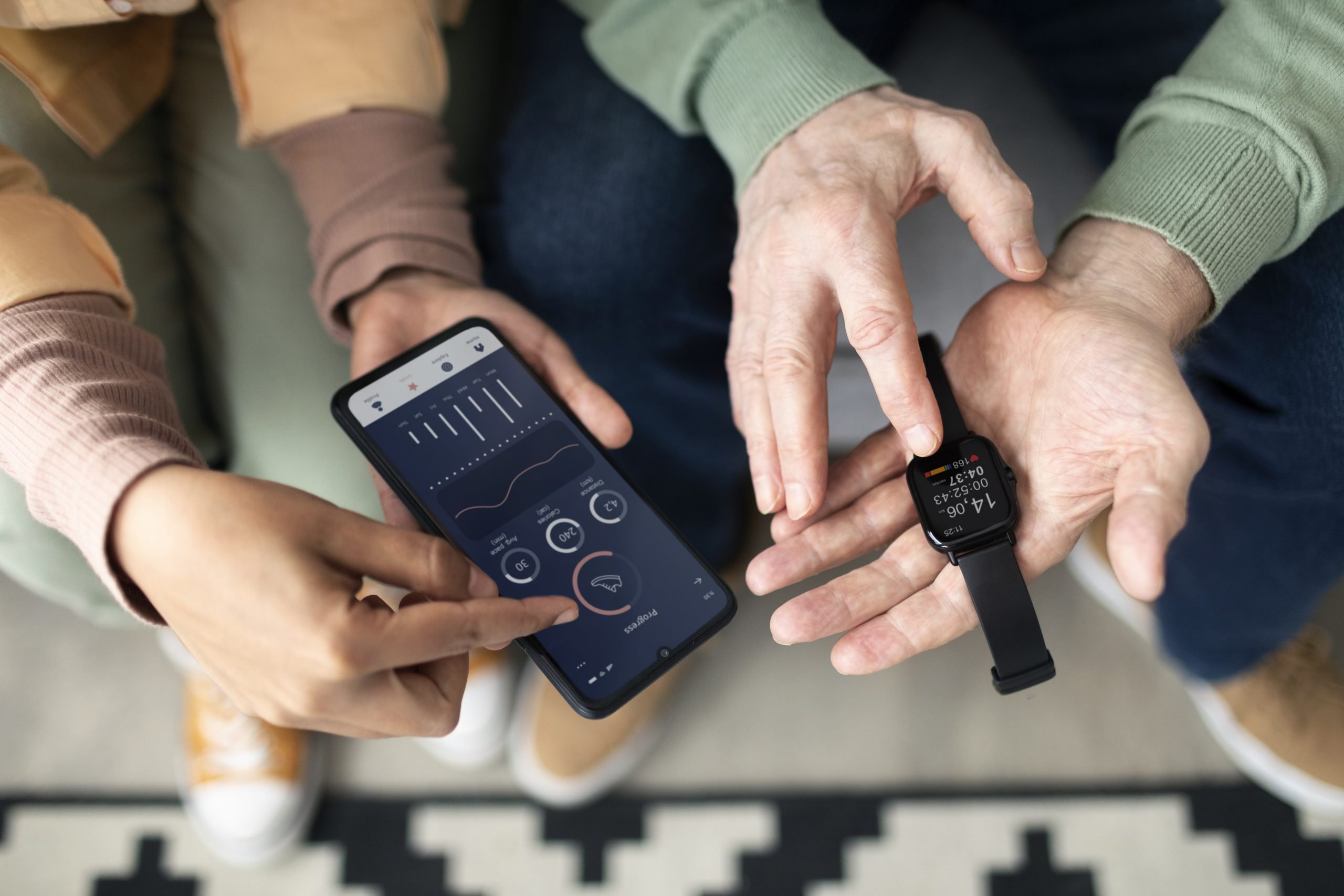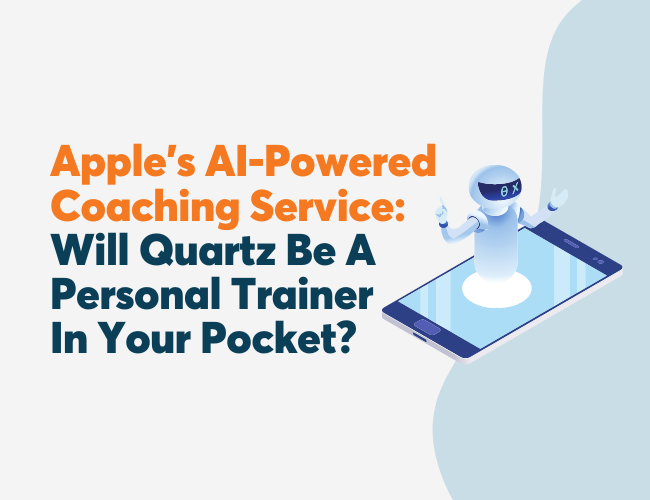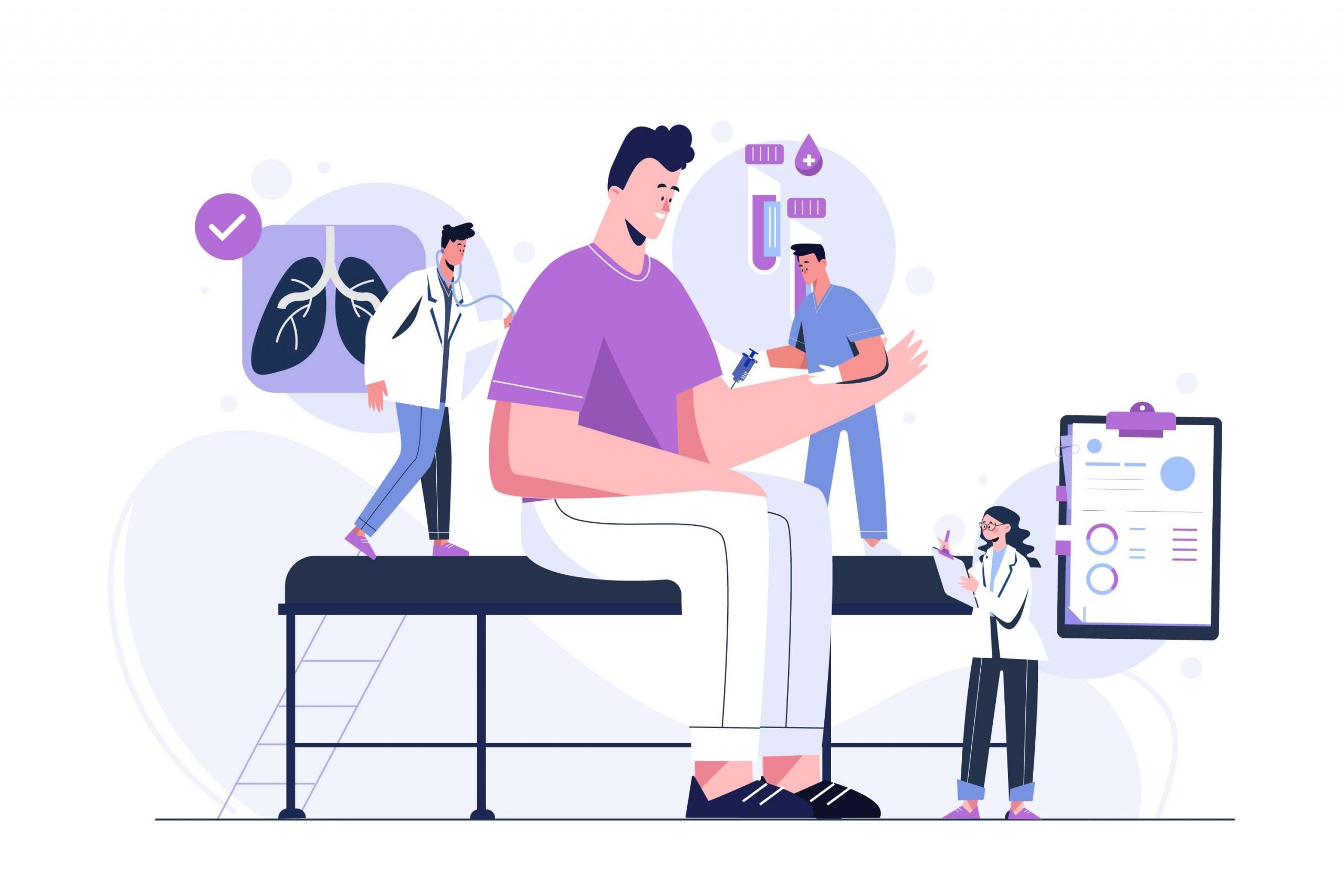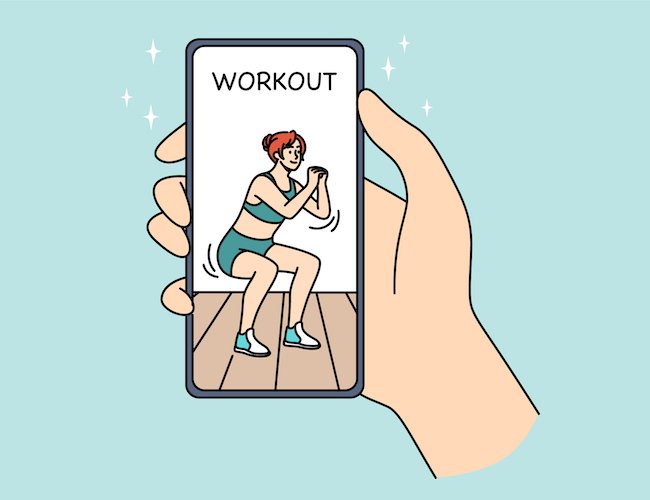Apple is providing some extra inspiration and support for those looking to achieve fitness goals this year. The tech giant recently launched Apple Watch Connected, a new rewards program for Apple Watch users.
The program integrates apps with fitness equipment powered by Apple’s GymKit and incentive programs at gyms of four fitness partners. Members at select Crunch Fitness, BaseCamp, Orangetheory, and YMCA locations will be able to earn gift cards, free classes, and discounts through the program. Those who do not attend a participating gym will be happy to hear that Apple has plans to expand access throughout the year.
Other gyms will be able to participate in Apple Watch Connected if they have equipment enabled with GymKit, a platform that lets users sync their device by scanning them on a fitness machine. The machine then sends data to the Watch or Health app to collect workout metrics and progress. Technogym, Life Fitness, and Octane Fitness have already been incorporating this technology in their equipment over the past couple of years. Hopefully, this means that more fitness centers will have the ability to offer these integrated rewards programs in the near future—especially because gyms do not have to pay to join Apple Watch Connected.

Apple Watch Connected comes on the heels of less expansive programs offered by Apple last year, which included a rewards program with Crunch Fitness and integrations with Peloton and Orangetheory. With the company’s intentions to increase these types of integrations, it is likely that more wearable device companies will ramp up offerings in order to compete and stay relevant.
Leverage Technology In Employee Wellness Programs
With the proliferation of wearable devices and wellness technology, these types of programs will only become more common. As a result, companies need to integrate these tools within wellness programs to take advantage of the benefits they can provide. That is, in addition to earning rewards from their wellness program, employees can earn extra benefits (beyond better health) from their wellness app or device. Additionally, active workers that already use apps and devices to track fitness progress will likely expect and appreciate a wellness program that does so.
One of the obvious benefits of using technology is that it increases engagement. The flexibility and ease of wearing a fitness device can keep an employee motivated about their health goals after work hours. For less active employees, the option to use apps and devices can make exercise seem more fun and achievable.
Wearable devices and apps add extra layers and features to already-offered benefits like wellness challenges and health education resources. It can enhance the delivery of information and make tools more accessible for users. Tracking devices also make health challenges feel more manageable, by being able to break down bigger goals or quantify progress more easily. These tools provide clarity and direction when planning workouts and mapping wellness-related tasks.
Better Evaluation Of Program Effectiveness
The use of apps and technology can also provide more data (and therefore more insight) on the value of specific program elements as well as workers’ needs and desires.
Data from apps and tools can show which benefits workers are engaging with the most and where workers are falling short of meeting goals. If employees are having trouble reaching goals in an incentive program, for example, the challenge may need to be dropped or redesigned so that it works for more people. Companies can also expand parts that are more popular with workers, or add similar elements.
Shared goals or common problems between employees can pinpoint the specific health ailments and challenges that a wellness program needs to address. With this insight, companies can tailor program offerings to better fit their workforce’s needs. A workforce that can’t seem to reach goals or rewards levels in the expected time frame might need to start with more modest targets or different offerings altogether, or else they may get discouraged. The more relevant a program, the more value there is to be gained in improved employee well-being and productivity.





